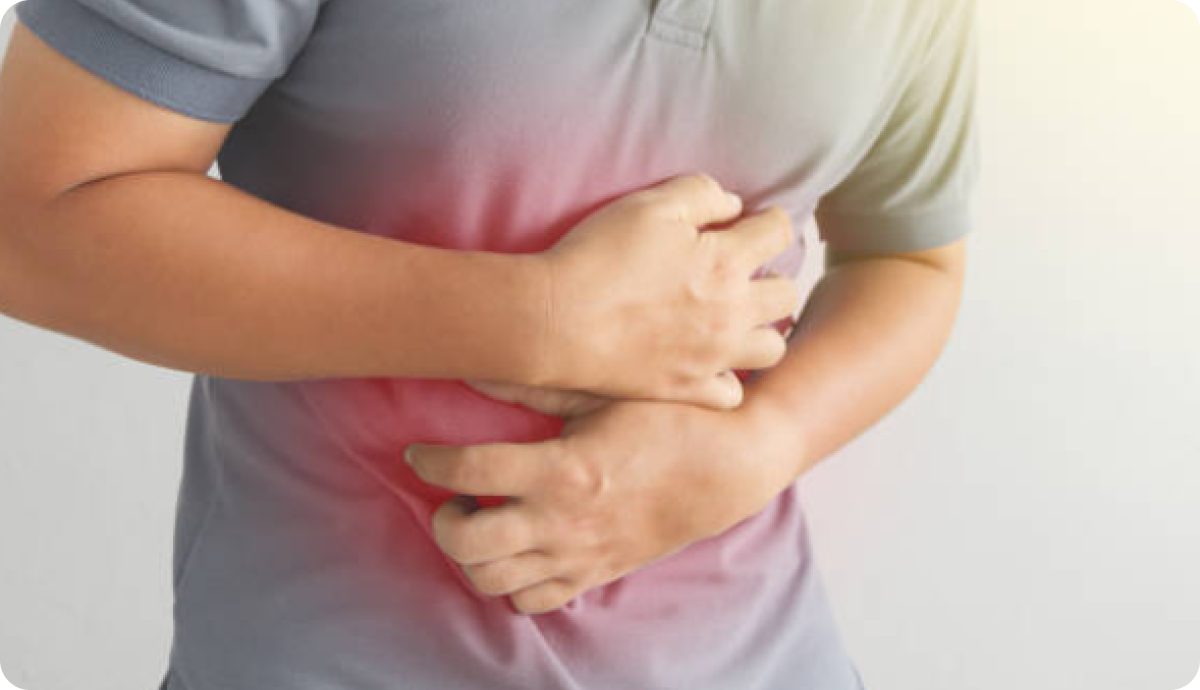
Abdominal pain is a common symptom that can arise from various causes ranging from benign conditions to medical emergencies. It can be classified based on location, intensity, and duration.
Abdominal pain is a symptom in itself, but it can be accompanied by a constellation of other ones, such as:
Such a general symptom can have causes originating from all over the body, such as:
Benign pathological conditions including GERD, peptic ulcer disease, inflammatory bowel disease, celiac disease,Bengn functional condition such as functional dyspepsia and IBS. Malignant problems including upper and lower gastro-intestinal cancers as well as other malignant intrabdominale processes.
Gastroenteritis, appendicitis, diverticulitis.
Menstrual pain, ovarian cysts, ectopic pregnancy.
Kidney stones, urinary tract infections.
Kidney stones, urinary tract infections.
Gallstones, hepatitis, pancreatitis etc.
Abdominal aortic aneurysm.
A person with those factors has an increased risk of developing abdominal pain:
Diagnosing the condition causing abdominal pain usually includes:
To check for infection, inflammation, liver and kidney function.
To rule out urinary tract infections.
Infectious work up and gut specifc inflammatory markers
Ultrasound, CT scan, MRI to visualize abdominal organs.
To examine the gastrointestinal tract.
Treating abdominal pain can entail:
Analgesics, antispasmodics
Depending on the underlying cause.
Treating specific conditions such as infections, ulcers, or IBS.
For mild cases.
For conditions like appendicitis, gallstones, or hernias.
Addressing the root cause of pain.